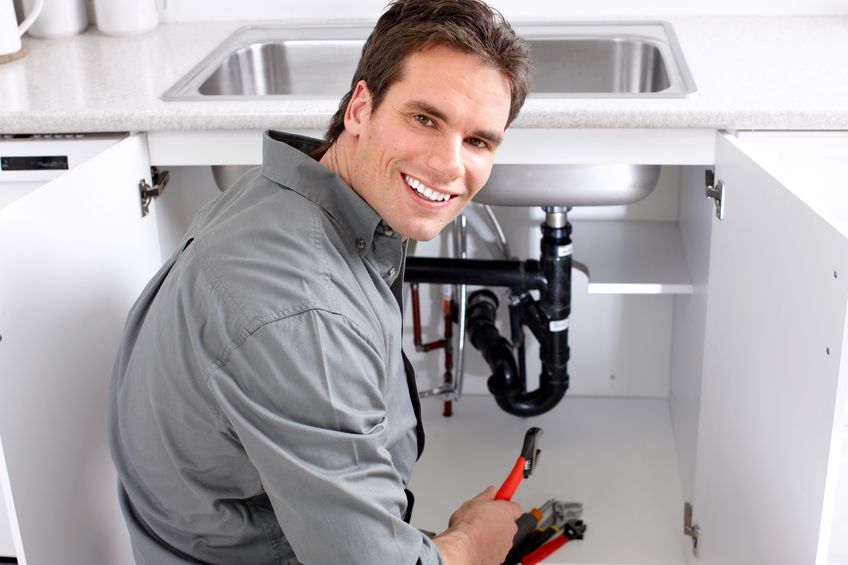It’s difficult for most people to imagine living without an indoor bathroom. When something goes wrong with the toilet, they want fast and effective Plumbing Repair in Cincinnati OH. These fixtures are used so often that homeowners shouldn’t be too upset when repair work is needed, as long as this isn’t an ongoing problem.
One of the more common issues that eventually develops is water leaking from the tank into the bowl. The culprit is a worn flapper that no longer seals the opening properly. People generally don’t know this is happening until enough water keeps leaking out that the tank has to repeatedly refill. Then, anyone near the bathroom can hear that sound of water rushing into the tank. They also might notice the quieter sound of hissing as water escapes the tank. A plumber can replace the flapper, or the entire flush valve apparatus if necessary. Even if the full component must be replaced, this is an affordable part and a relatively easy project for Plumbing Repair in Cincinnati OH.
A worn flapper also can cause a toilet tank to continue flowing water into the bowl after flushing. People commonly refer to this as the toilet “running.” Jiggling the handle tends to solve the problem temporarily because the flapper moves back into place. In some cases, the plumber needs to adjust the flush valve equipment because it doesn’t always land properly after flushing.
A toilet tank that is prone to exterior condensation in humid weather is an annoyance and also can eventually lead to mildew on the tank and damage to the floor. A contractor such as AA Plumbing typically offers two ways of resolving this issue. One is to add insulation inside the tank, or remove the tank and replace it with an insulated product. The tank and bowl must be separate components for this to be possible. Another method is to install a valve that blends a small amount of hot water with cold water going to the tank. This raises the water temperature enough to stop condensation from forming. This is a very effective strategy, although it will increase the utility bill a little.

